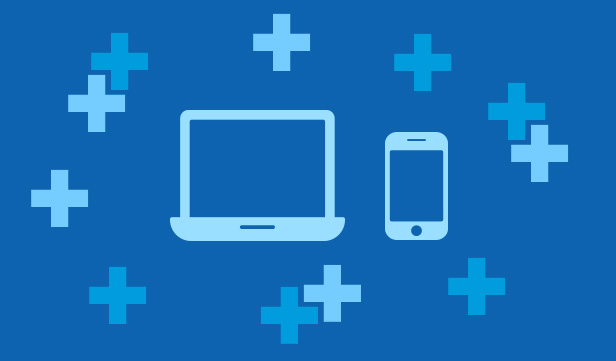As the cost of healthcare continues to rise, it’s important to learn what your health plan covers and take steps to limit your out-of-pocket expenses. The healthcare system can be complex and difficult to navigate, but as a smart consumer you can find significant savings if you know where to look—and if you play an active role in making the most of your benefits. Here are seven ways to save on healthcare.
- Home
- PSHB Program
-
High Option
Consumer Driven Option
- Healthy Living
-
High Option
Consumer Driven Option
All Members
- Change your address
- Order Claim Forms
- Form 1095-B
- Health Risk Assessments
- HIPAA Privacy Forms
- Notice of Privacy Practices
- Advance Directives
- Complaints and Grievances
- Member Rights and Responsibilities Statement
- Coordination of Benefits
- Surprise Billing Notice
- APW-ABA(external link)
- FSA Feds(external link)
- OPM.gov(external link)
- PostalEase(external link)









